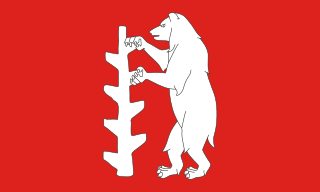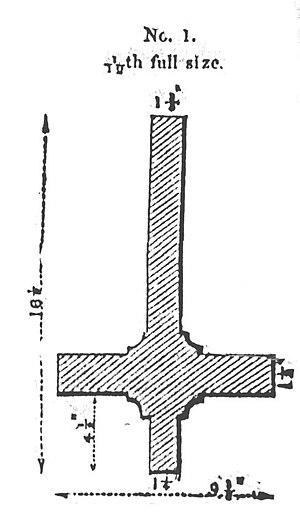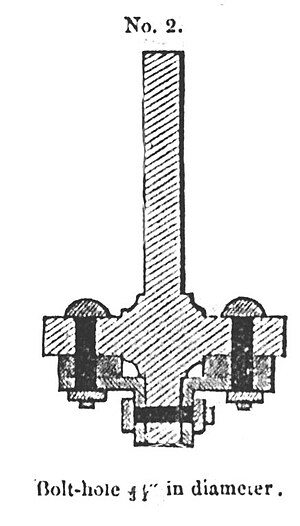
Forensic engineering has been defined as "the investigation of failures - ranging from serviceability to catastrophic - which may lead to legal activity, including both civil and criminal". It therefore includes the investigation of materials, products, structures or components that fail or do not operate or function as intended, causing personal injury, damage to property or economic loss. The consequences of failure may give rise to action under either criminal or civil law including but not limited to health and safety legislation, the laws of contract and/or product liability and the laws of tort. The field also deals with retracing processes and procedures leading to accidents in operation of vehicles or machinery. Generally, the purpose of a forensic engineering investigation is to locate cause or causes of failure with a view to improve performance or life of a component, or to assist a court in determining the facts of an accident. It can also involve investigation of intellectual property claims, especially patents.

Sir Thomas Bouch was a British railway engineer. He was born in Thursby, near Carlisle, Cumberland, and lived in Edinburgh. As manager of the Edinburgh and Northern Railway he introduced the first roll-on/roll-off train ferry service in the world. Subsequently as a consulting engineer, he helped develop the caisson and popularised the use of lattice girders in railway bridges. He was knighted after the successful completion of the first Tay Railway Bridge, but his reputation was destroyed by the subsequent Tay Bridge Disaster, in which 75 people are believed to have died as a result of defects in design, construction and maintenance, for all of which Bouch was held responsible. He died within 18 months of being knighted.
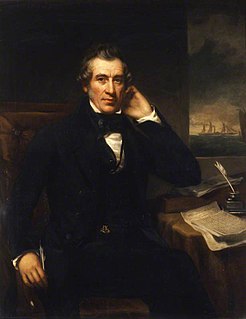
Sir William Fairbairn, 1st Baronet of Ardwick was a Scottish civil engineer, structural engineer and shipbuilder. In 1854 he succeeded George Stephenson and Robert Stephenson to become the third president of the Institution of Mechanical Engineers.
The Shrewsbury–Chester line, also known as the Severn–Dee Mainline, was built in 1846 as the Shrewsbury and Chester Railway. The engineer for the line was Henry Robertson, a partner in locomotive builders Beyer Peacock, while the contractor was Thomas Brassey in partnership with William Mackenzie and Robert Stephenson.

Over the latter years of the 19th and early years of the 20th centuries, Penistone in Yorkshire gained a name as an accident black-spot on Britain's railway network; indeed, it could be said to hold the title of the worst accident black-spot in the country. The main line through the town was the Woodhead route of the Manchester, Sheffield and Lincolnshire Railway between Sheffield Victoria and Manchester, London Road. The line was heavily graded with a summit some 400 yards inside the eastern portal of the Woodhead tunnel.
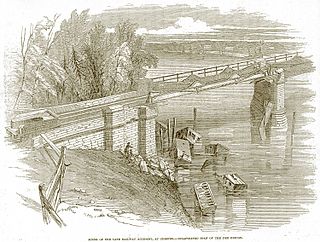
The Dee Bridge disaster was a rail accident that occurred on 24 May 1847 in Chester, resulting in five fatalities. It revealed the weakness of cast iron beam bridges reinforced by wrought iron tie bars, and brought criticism of its designer, Robert Stephenson, the son of George Stephenson.

During a violent storm on Sunday 28 December 1879, the first Tay Rail Bridge collapsed as a train from Wormit to Dundee passed over it, killing all aboard. The bridge—designed by Sir Thomas Bouch—used lattice girders supported by iron piers, with cast iron columns and wrought iron cross-bracing. The piers were narrower and their cross-bracing was less extensive and robust than on previous similar designs by Bouch.

Cast-iron architecture is a form of architecture developed through the use of cast iron. It was a prominent style in the Industrial Revolution era when cast iron became relatively cheap and modern steel had not yet been developed.

The Inverythan rail accident occurred when a faulty girder collapsed on a 39 ft by 15 ft single-track railway underbridge between Auchterless and Fyvie. The engine of the freight/passenger train crossed safely, but most of the train fell into the gap onto a road below.
A disaster on the British rail network occurred on 21 June 1870 when two trains collided at Newark in Nottinghamshire, England, killing 18 passengers and injuring 40 others. The investigation found that an axle had broken on the goods train, and the excursion train collided with the debris on the track.
The Bull Bridge accident was a failure of a cast-iron bridge at Bullbridge, near Ambergate in Derbyshire on 26 September 1860. As a goods train was passing over the bridge at Bullbridge, the structure failed suddenly, causing the derailment of the majority of the wagons. There were no serious casualties, but it was a warning of the fundamental weakness of many such bridges on the British rail network.

The Coventry to Leamington Line is a railway line linking the city of Coventry with the town of Leamington Spa. The line was opened in 1844 by the London and Birmingham Railway, initially only as far as Milverton. The line was extended to Leamington Spa Avenue in 1851. A connecting line to Berkswell opened in 1884.
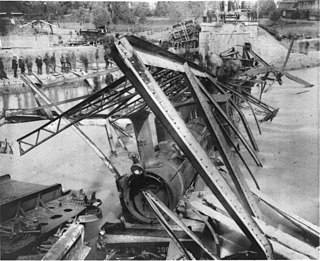
The Münchenstein rail disaster on 14 June 1891 was historically the worst railway accident ever to affect Switzerland. A crowded passenger train fell through a girder bridge, killing more than seventy people and injuring many others. The accident occurred on the railway line between Basel and Delémont, near the Bruckgut just below the village centre of Münchenstein, as the train was traversing the bridge across the river Birs.
The St. Neots Derailment 1895 occurred near to St. Neots railway station on 10 November 1895 when a Great Northern Railway Scottish express from Kings Cross encountered a broken rail. The train left Kings Cross on time at 23:30 on Saturday night and proceeded at normal speed, which would have been about 50 mph. It was hauled by one of the GNR's latest and largest of its 8 foot singles, number 1006. The consist was of eight vehicles: a guard's van, a coach, a Pullman sleeping car (Iona), a corridor coach, another sleeping car, two further coaches and a final guard's van. It was carrying only twenty seven passengers.

Structural integrity and failure is an aspect of engineering which deals with the ability of a structure to support a designed structural load without breaking, and includes the study of past structural failures in order to prevent failures in future designs.

A balloon flange girder is a form of vertical I-beam wrought iron plate girder, where the top flange, instead of being a simple flat plate, is extended into a hollow tube. When a girder is subjected to a positive bending moment the top flange acts in compression making a flat plate flange more susceptible to local buckling than the balloon flange is.

The Tees Bridge is a rail bridge on the Tees Valley Line over the river Tees in the Borough of Stockton-on-Tees. The bridge is south of Stockton-on-Tees town centre and just north of the adjacent Surtees Bridge which carries the A66 road. The bridge is built on the site of a series of Tees Bridges alternating between two adjacent crossing sites.



